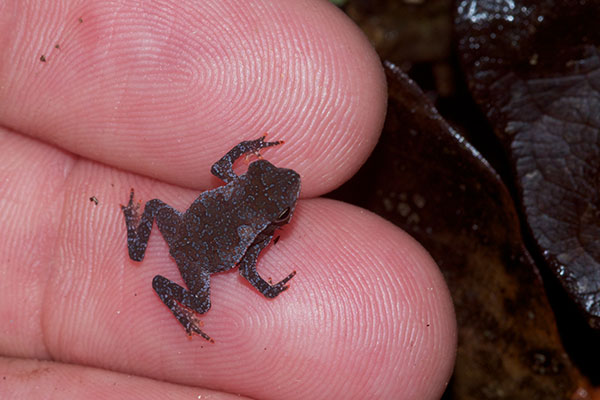Rhinella “margaritifera”
—
Crested Forest Toad
Also known as:
South American Common Toad
The genus Rhinella was split from Bufo by Frost et al in 2006. Many references still use the long-established name Bufo margaritifer for this species. Still older references use Bufo typhonius, which was a name in use until someone noticed that it already been used for an Old World toad.
Rhinella "margaritifera" is considered a species complex. This means that herpetologists believe that multiple difficult-to-distinguish species are covered by this name, and no researcher has yet done the work required to differentiate them.
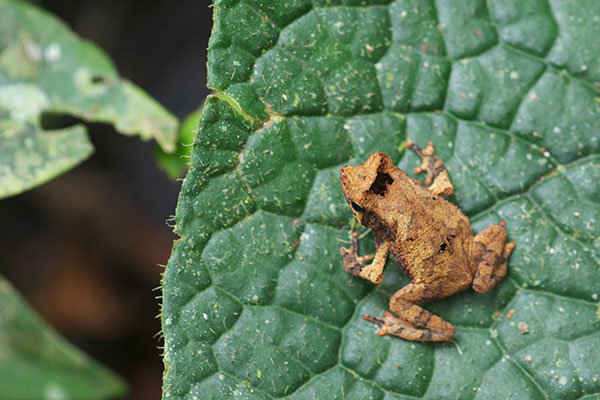
These odd little diurnal toads were very common at both of the field stations we stayed at in Peru.
Here is a complete list of the herps I saw in the wild on my 2013 MT Amazon Expeditions trip.
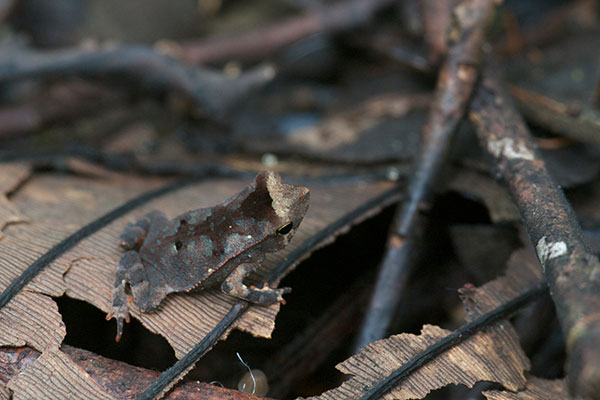
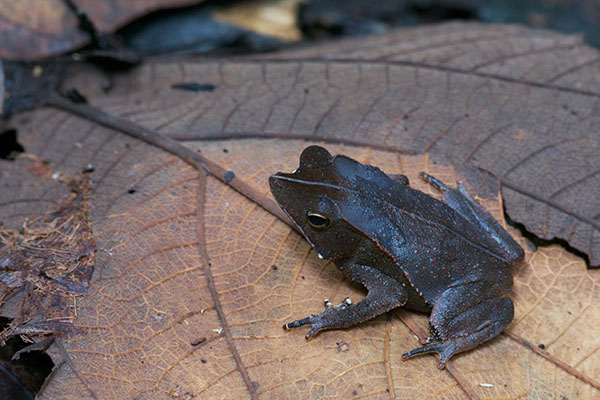
Some of them are strongly patterned, whereas others are very plain.
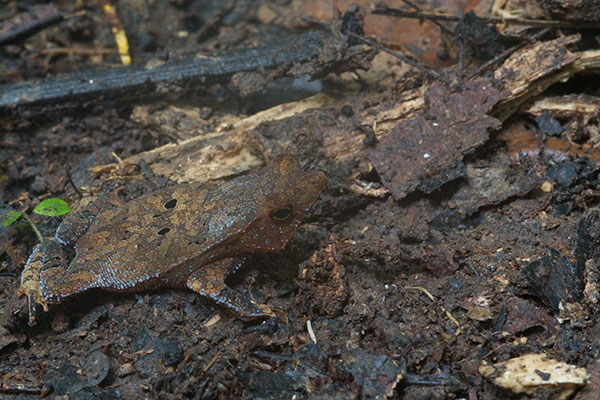
Some of them have really perfected the dead-leaf look.
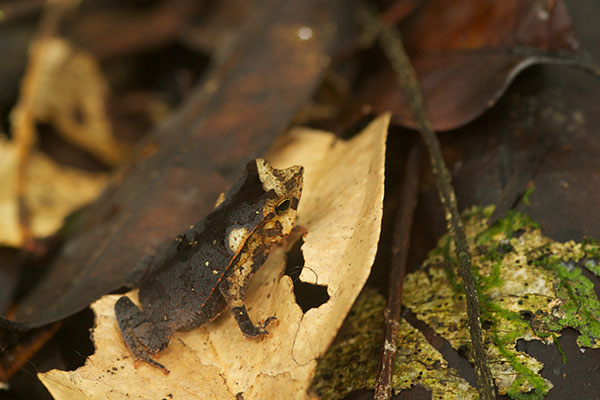
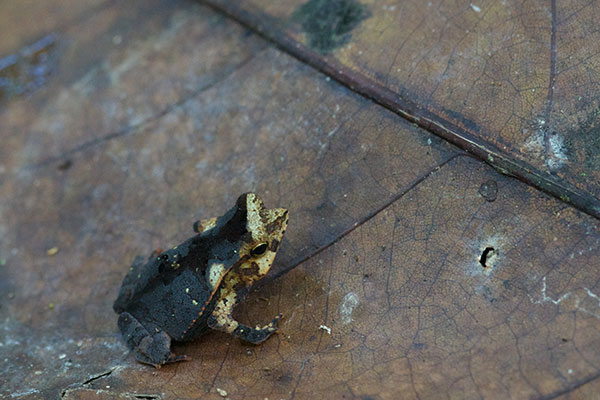
This mostly-dark-with-yellowish-highlights look was a fairly popular one. Looking at these photos, I'm pretty sure they are of the same individual, though they were taken about four hours apart on one of the forest trails.
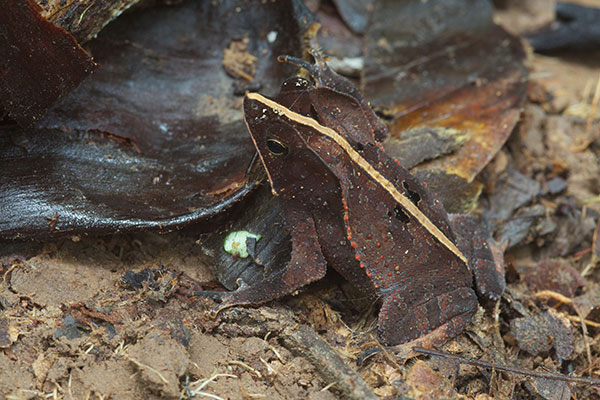
Some individuals have a pronounced vertebral stripe, which further breaks up the animal's outline, making it even harder to recognize when not moving. This is a pretty large adult, with high cranial crests.
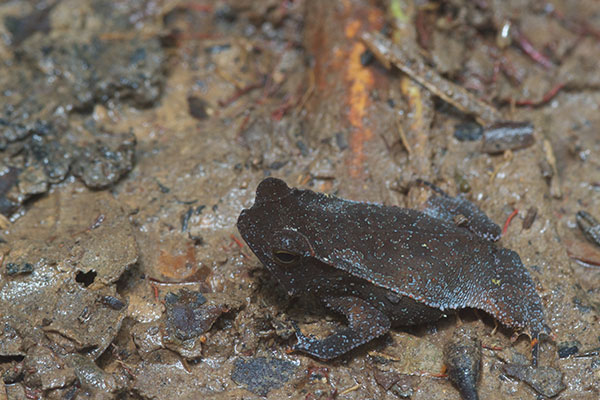
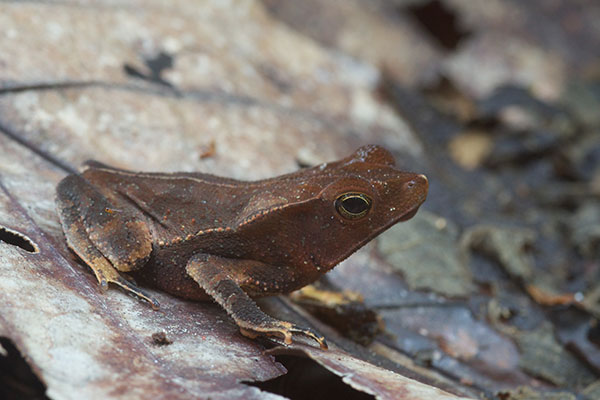
A couple more medium-sized individuals, further displaying the wide assortment of shapes, sizes, and colors currently grouped together in this species complex.
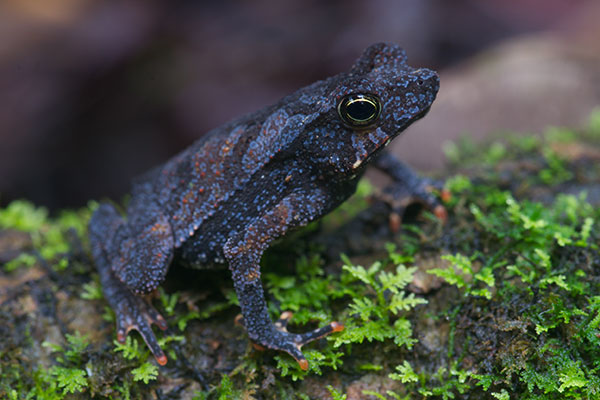
For some reason, these toads were not nearly as common in 2014 as they were in 2013. This is the only one I saw in the first few days, whereas the previous year I saw at least four or five every time I went out hiking.
Here is a complete list of the herps I saw in the wild on my 2014 MT Amazon Expeditions trip.
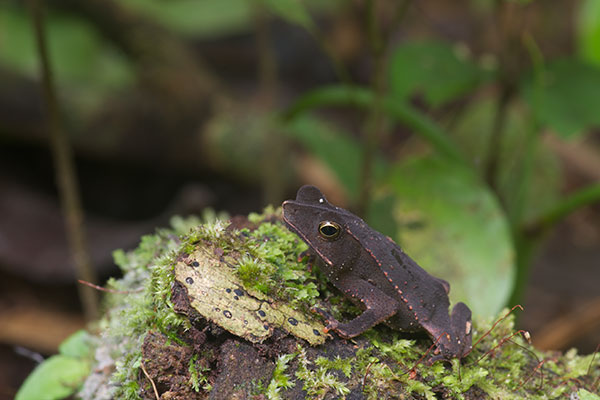
This one is medium-sized and rather plain. You can see low-rise cranial crests, which might grow much taller as it ages.
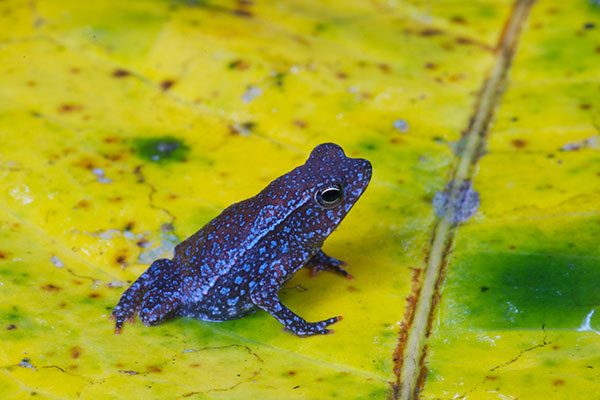
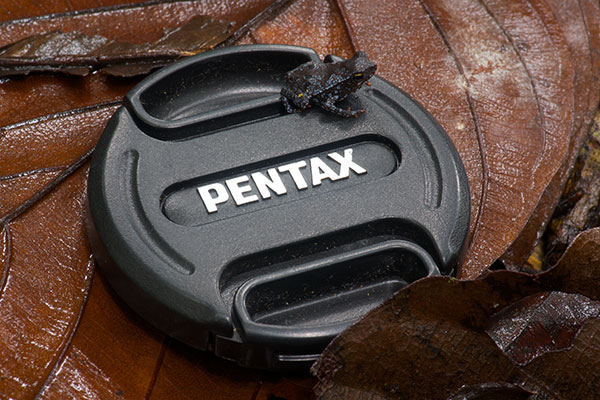
The teeny-tiny forest Rhinella typically have the brightest colors and most dramatic patterns. The very blue toad above was extremely small, less than half an inch long. The one on the lens cap was a little larger, and quite a bit less colorful. I'm not completely certain that these are R. "margaritifera" rather than R. dapsilis, but that's what I'm calling them for now.
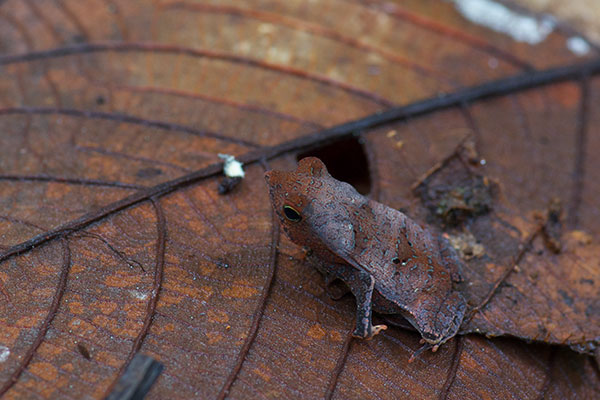
A particularly leaf-litter-colored toadlet in the leaf litter.
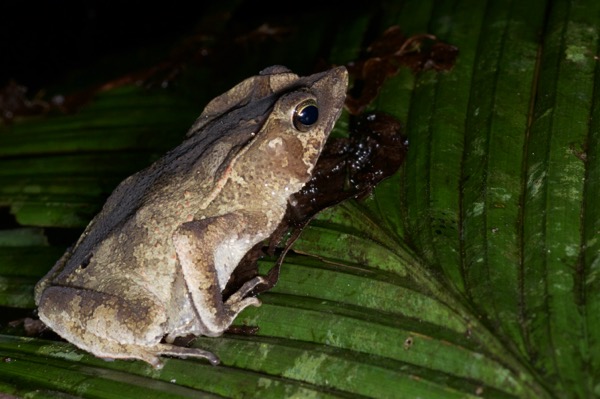
Another trip to Peru, another batch of toads in this complex. As always, some of these might instead be the difficult-to-distinguish Rhinella dapsilis instead. I think the pronounced crests on this particular toad rule out R. dapsilis.
My Travelogues and Trip Lists page includes a complete list of the herps I saw in the wild on my 2016 MT Amazon Expeditions trip.
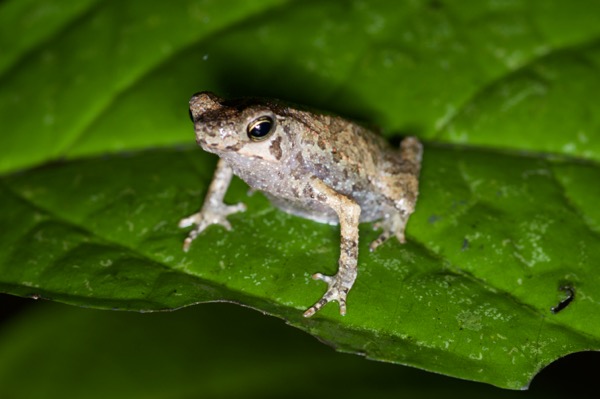
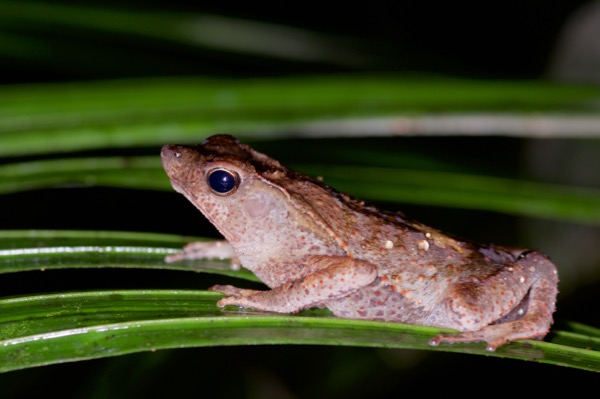
As in previous years, these toads were the most frequently-seen amphibian species on the trip. They came in various color patterns, shapes, and sizes, and were found on the forest floor and on low vegetation.
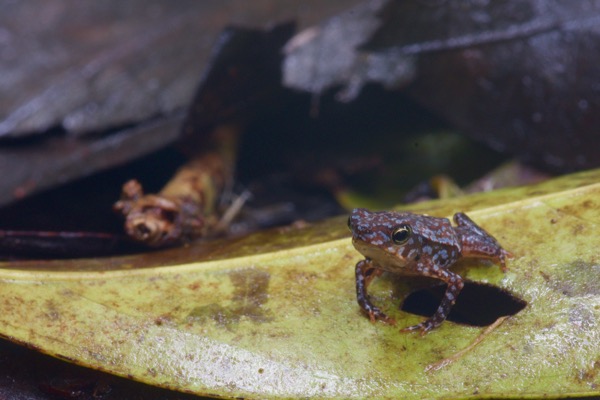
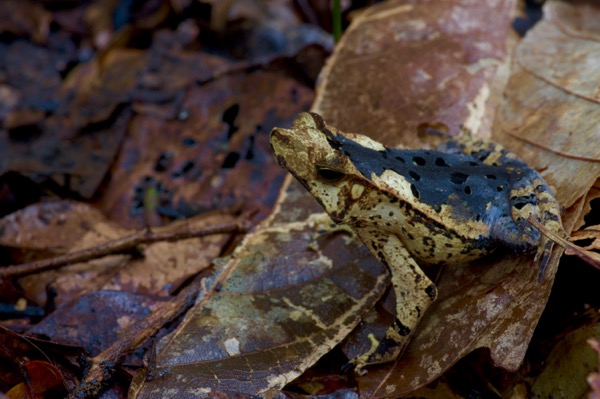
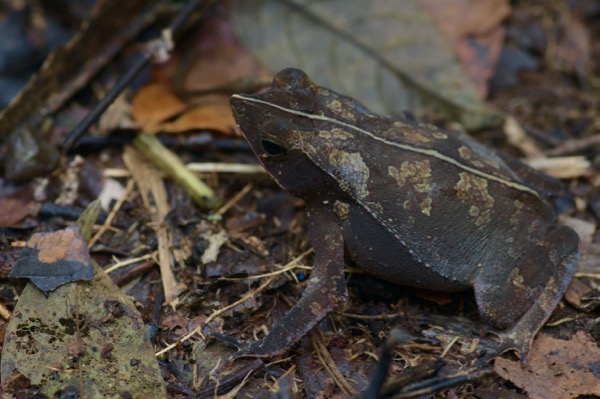
It is hard to find two of these toads that look the same. However, it is not hard to find two of these toads.
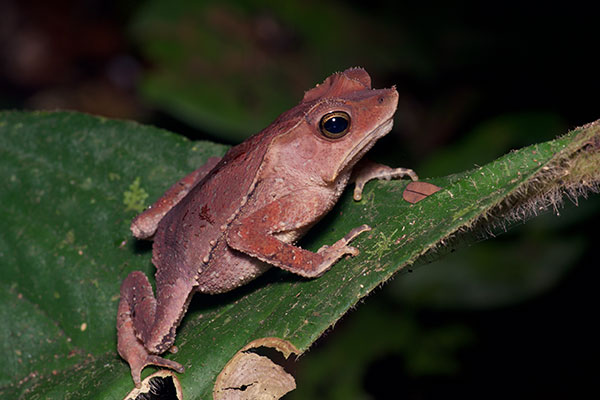
Here's a particularly reddish and particularly jowl-encrusted individual.
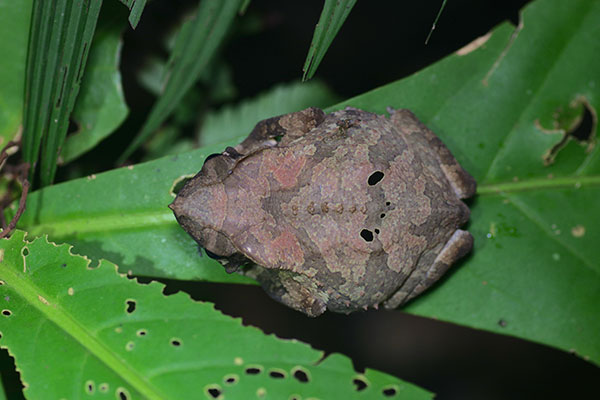
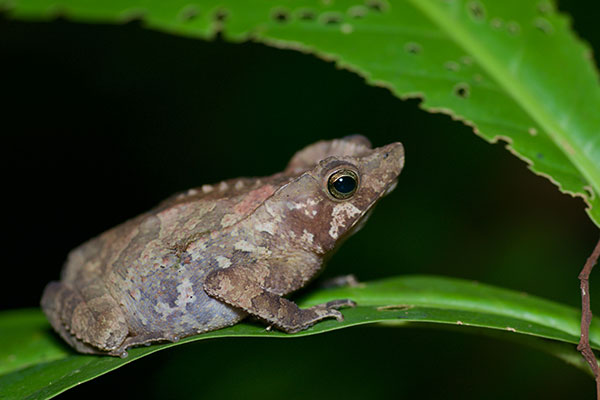
This one had a prominent row of spines down the back, and similar (though smaller) rows of spines on the side and on the back legs.
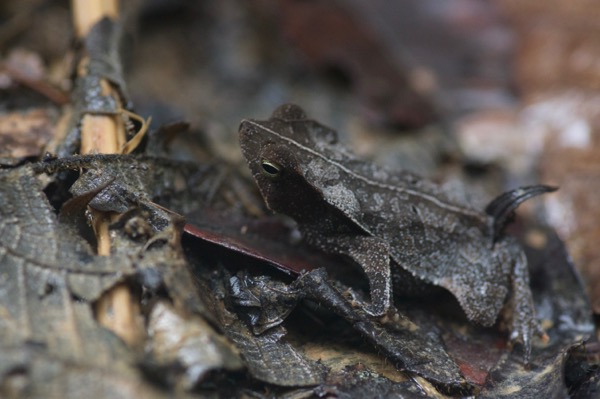
A perfect color match for the decaying leaves on which it was perching.
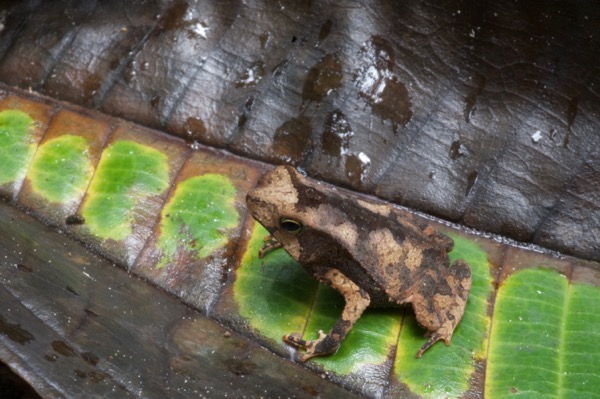
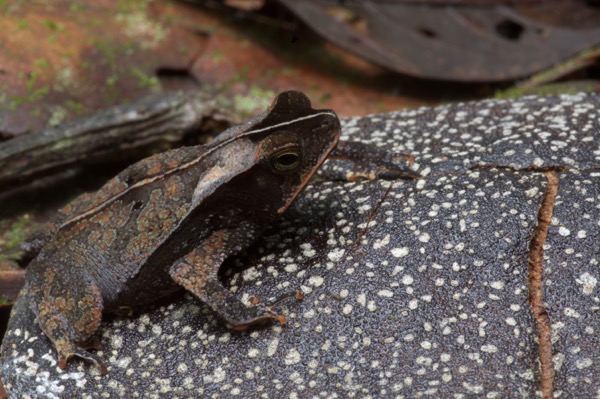
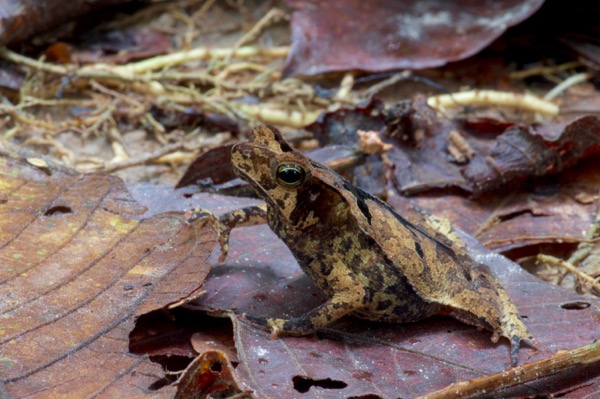
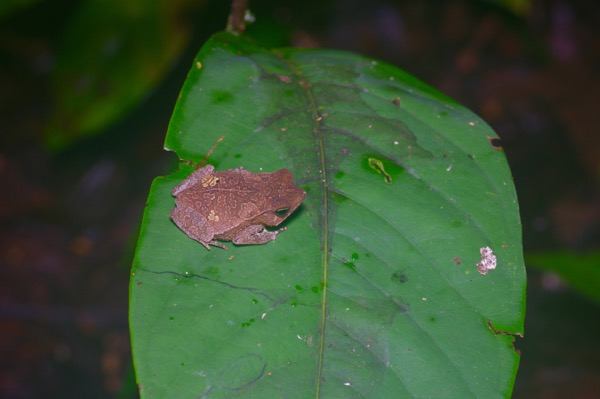
Here's one last assortment of these ominipresent toads from 2016. Until next time, variable little toads!
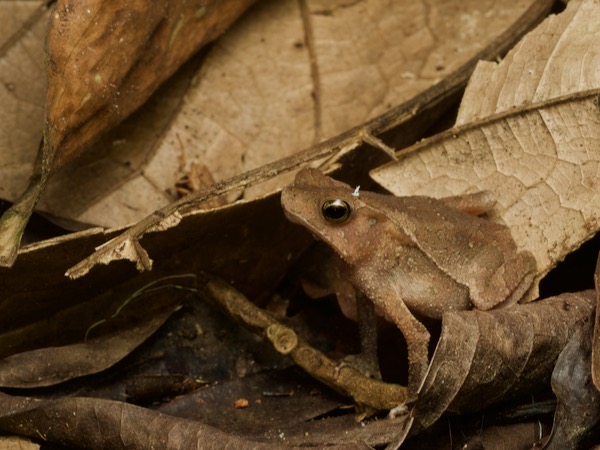
This one is smooth-skinned and low-crested enough that it might be Rhinella dapsilis instead. DNA testing might be required, but I neglected to bring my DNA field kit with me. (No, I don't have one.)
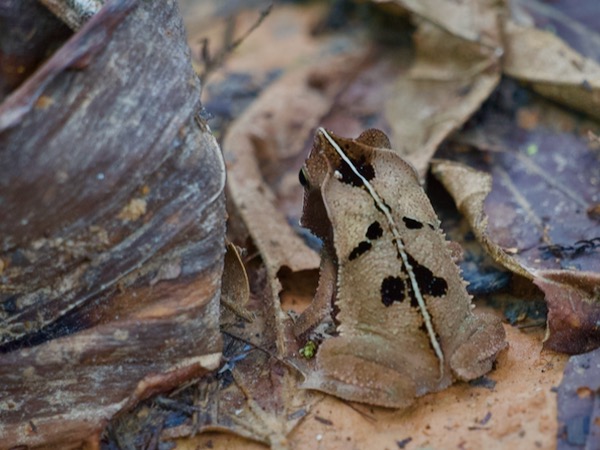
This one is spiky and has a distinctive pattern. Very attractive! Every toad a work of art.
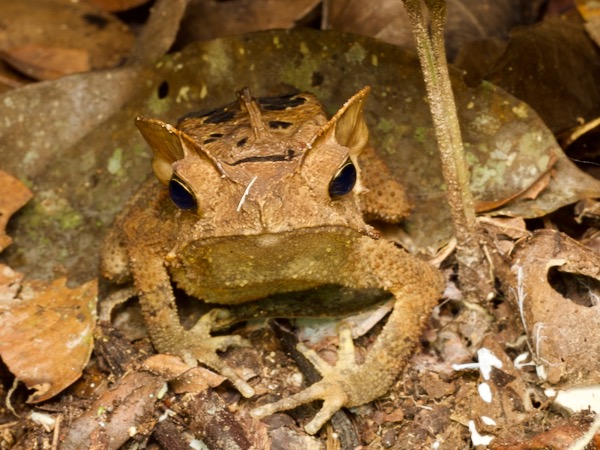
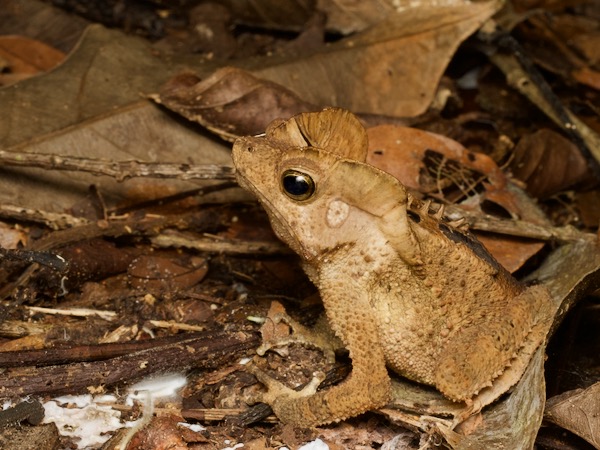
This is without a doubt the finest and most ridiculous toad I have ever seen. Those crests! Those vertebral spikes!
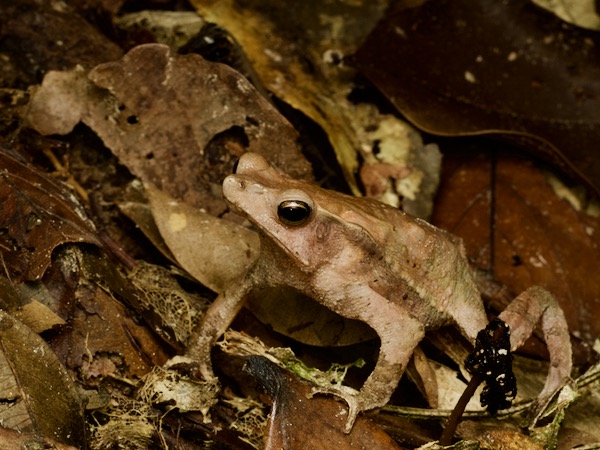
This is another smooth one that might be Rhinella dapsilis instead.
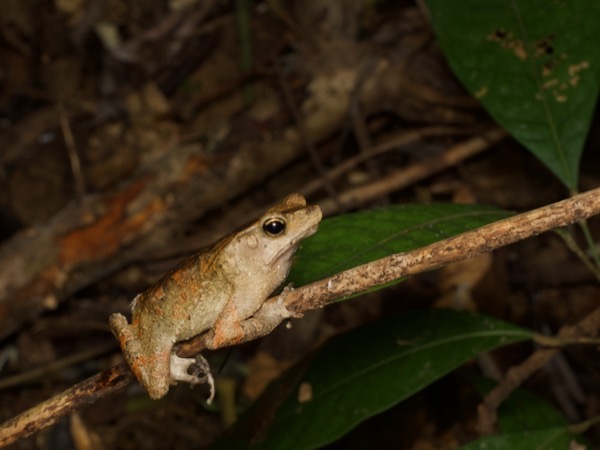
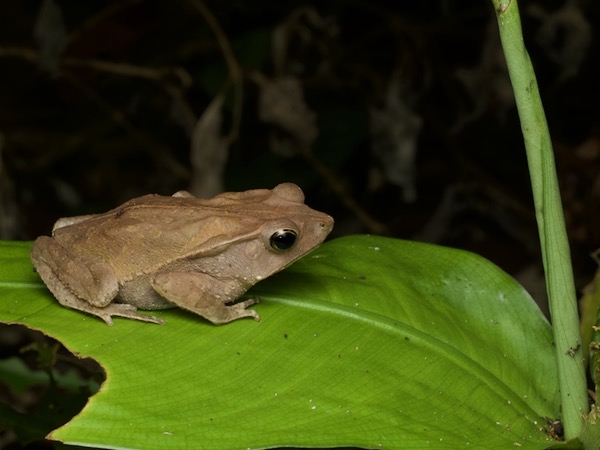
Last two from this trip. Both are in that ambiguous "maybe-dapsilis" range of appearance.
Online references:
- Rhinella margaritifera account on AmphibiaWeb
